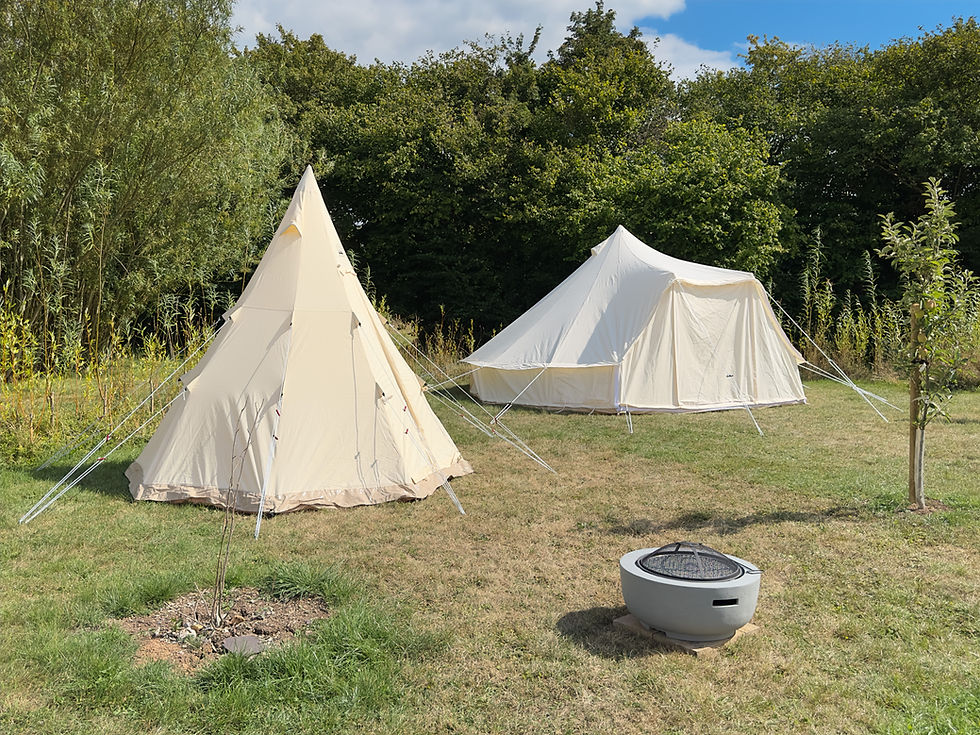Glamping As An Emerging Environmental Ambassador
- Alex Si
- Jun 27, 2023
- 2 min read
A glamping site is primarily made of natural, sustainable materials, contributing to its eco-friendliness. For instance, most European glamping sites have solar showers and dry toilets. Many lodging options are available, from Indian tipis to Mongolian yurts for glamping to treehouse hotels and gypsy caravans.
A very low carbon footprint is associated with these lodgings, proving that luxury and environmental protection are compatible. It demonstrates that developing healthy, environmentally friendly tourism and sustainable travel is possible.
Glamping serves as an emerging environmental ambassador because of the following:
Glamping Encourages People To Reconnect With The Environment
A glamping trip allows visitors to gaze up at the night sky and observe the stars, even if they would not usually consider camping. There are numerous opportunities for taking pictures, learning about local animals and birds, fishing in nearby lakes and rivers, and immersing themselves in the local environment. As more people take advantage of glamping’s benefits, they become more conscious and appreciative of nature. It is fantastic for the environment because it makes people care more. As a result, they will go to tremendous lengths to preserve it.
Glamping Makes Use Of Off-Grid Technology
Glampsites often use renewable energy sources, such as solar energy, water generators, and wind turbines. Even though they are expensive to install, they pay off over time. The convenience of staying in accommodations that are off-the-beaten-track without sacrificing modern amenities is a huge draw for guests. The owner enjoys knowing they have created an environmentally friendly and sustainable business.
Glamping Promotes The Interest In Food Source
Many glamping owners manufacture their products or source local products to distribute to their visitors, which promotes an interest in food production, growth, and harvest. Additionally, visitors can participate in formally organized foraging groups where they can identify and gather locally edible fruits and vegetables. As a result of helping local communities, owners can also reduce their carbon footprint while serving food to guests who appreciate a chance to try new things.





Comments